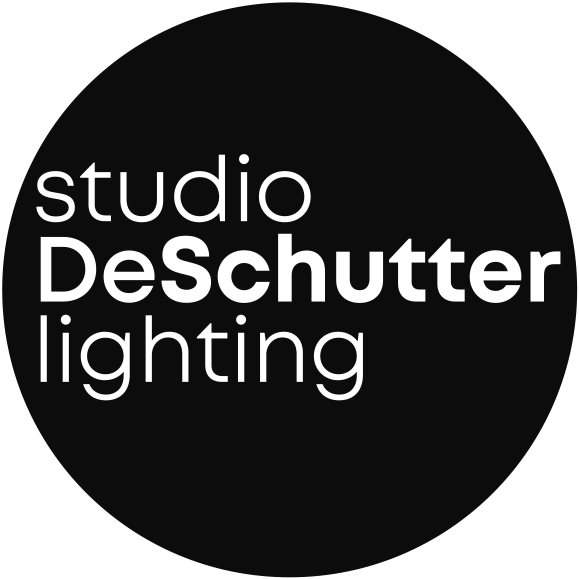Workplace Lighting Regulations – Standards and Atmosphere
Light is no side issue. It determines whether we can concentrate in the office, work safely in the workshop, or achieve precise results in the lab. And it is not just a matter of well-being – it is clearly regulated by workplace lighting regulations. As lighting designers in Berlin and Antwerp, we combine these legal frameworks with atmospheric design, turning compliance into identity and quality.
👉 In this article you will learn which rules apply, which standards you need to know and why great lighting is more than just meeting minimum requirements.
📜 Legal Framework
Workplace Ordinance (ArbStättV)
The ArbStättV forms the basis of all requirements. It stipulates that workplaces must be illuminated in such a way that employees do not suffer any harm. This is where the workplace lighting regulations are clearly anchored.
➡️ ArbStättV – Workplace Ordinance
Further information from the Federal Institute for Occupational Safety and Health (BAuA):
➡️ BAuA – Lighting and Workplaces
ASR A3.4 "Lighting"
The technical rule ASR A3.4 specifies the ArbStättV. It defines minimum values for illuminance, uniformity, glare and flicker-free operation. Employers must comply with these points to meet the workplace lighting regulations.
DIN EN 12464-1
The DIN EN 12464-1 regulates the lighting of indoor workplaces – from lux levels to glare limitation. It applies throughout Europe as a standard and is part of the workplace lighting regulations.
➡️ DIN EN 12464-1 Standard Info
Other Regulations
🔎 Technical Requirements at a Glance
✔️ Illuminance: Office workplace min. 500 lux, surrounding area min. 300 lux
✔️ Glare & UGR value: UGR ≤ 19 for screen workplaces
✔️ Colour rendering & light colour: Ra ≥ 80, 3,000–5,000 Kelvin
✔️ Daylight & view connection: include daylight, ensure view to the outside
🛠️ Practical Examples
- Screen workplace: 500 lux
- Precision assembly: 1,000–1,500 lux
- Workshop: 300 lux
✅ Checklist for Employers & Planners
- ArbStättV – integrated? ✅
- DIN EN 12464-1 – fulfilled? ✅
- Illuminance – ≥ 500 lux at workplace? ✅
- UGR value – ≤ 19? ✅
- Daylight – view to the outside available? ✅
- Maintenance – regularly scheduled? ✅
🌍 Conclusion – Regulation + Atmosphere
Workplace lighting regulations ensure safety and health protection.
But only great lighting design – created by experienced lighting designers in Berlin and Antwerp – transforms spaces into places where we can focus, be creative or relax.
“Light is not just regulation – it is identity, atmosphere and culture.”
👉 More news or project inquiry?
If you’d like to stay up to date with our latest lighting projects, articles and studio news, you can subscribe to our newsletter below the FAQs.
If you’re an architect, investor or company representative planning a project, you can also book a free consultation below — and find out how we can create meaningful spaces together.
❓ FAQ
Which rules apply in Germany?
How much light is needed at a desk?
Why hire lighting designers?
Pictures: The Full Node Office by Studio De Schutter to visualize Workplace Lighting Regulations, while meeting function and atmosphere.




